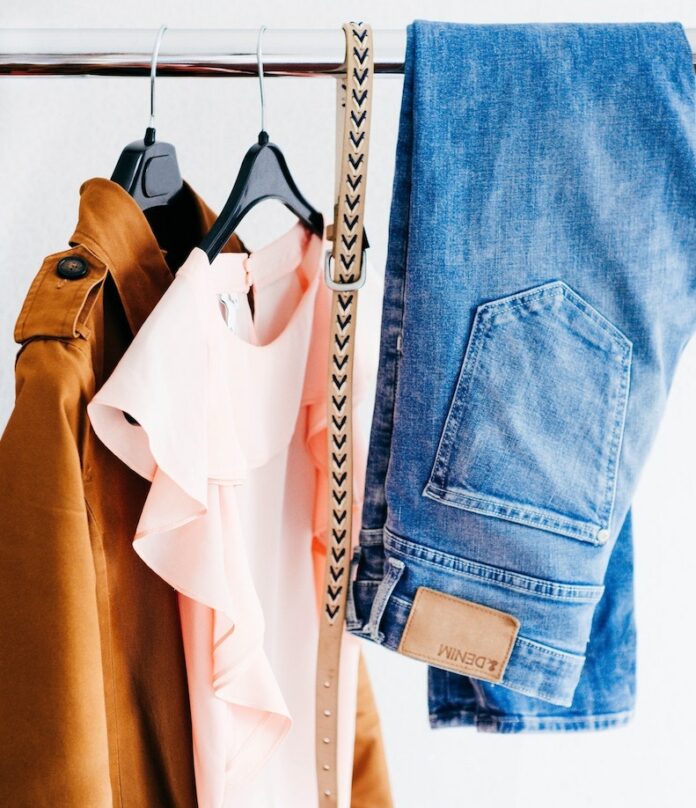Textiles like linen, hemp, organic cotton, and silk come from supply chains with more sustainable farming practices. When ethical “slow fashion” companies produce them, these pieces generally last longer. Invest a bit more into these purchases to enjoy a higher quality wardrobe that will stick with you through wear and tear. Here are some tips to get started in becoming a more eco-conscious shopper.
Avoid excessive packaging
Conscious consumption doesn’t stop at the clothing itself. Companies put plenty of thought into their packaging designs, creating a brand experience through the back, box, and wrapping materials. However, this packaging just adds to the environmental footprint of the garment.
When shopping in a store, bring your own tote for your purchases. You can also simply carry the clothing out of the store if you only buy one or two items. Doing so can reduce the waste that your purchase creates.
Online shopping can be a bit more tricky. To cut down on packaging, look for brands that prioritize sustainable packaging practices and use recycled materials.
Buy local when possible
Conscious shopping directly ties in with community, so you can be more sustainable by supporting small businesses. Local retailers often use slower production processes or make their clothing by hand. The same goes for accessories, as local artisans craft each unique piece with care.
By shopping small, you can fill your wardrobe with one-of-a-kind items. Your purchase will also support a local business owner and keep your investment in your area. And you can refer a new customer each time someone asks, “Where’d you get that?”
When in doubt, thrift
Buying second hand is one of the most sustainable ways that you can shop. Thrift stores offer pre-worn items for affordable prices, and you can generally find your favorite brands among their selections. Some shops also curate vintage pieces and high-quality garments that last for decades.
Spend an afternoon browsing local thrift shops to discover which stores carry items that match your style. However, your thrifting opportunities don’t need to stop there. Sites like ThreadUp and Poshmark provide a sprawling marketplace for secondhand clothing and accessories, so you can find just what you are looking for.
Host clothing swap
Once you make sustainability a priority, you’ll likely want to spread the love to your friends. Clothing swaps are a great way to clean out your closet, access some new pieces, and thoughtfully refresh your wardrobe. Consider hosting these gatherings throughout the year, so your friends can donate old items as the seasons change. Your group can find some new favorite pieces without spending a dime.
If you have any pieces left over at the end of the swap, bring them to a local secondhand shop or donate the items to an ethical charity. Doing so can continue the sustainable cycle you’ve started.
When becoming an eco-conscious shopper, clothing is only the start. Over time, you can apply these principles to housewares, food, gifts, and more. By making purchases more mindfully and buying products that last, you can lower your environmental impact and take steps toward a future of conscious consumption.

